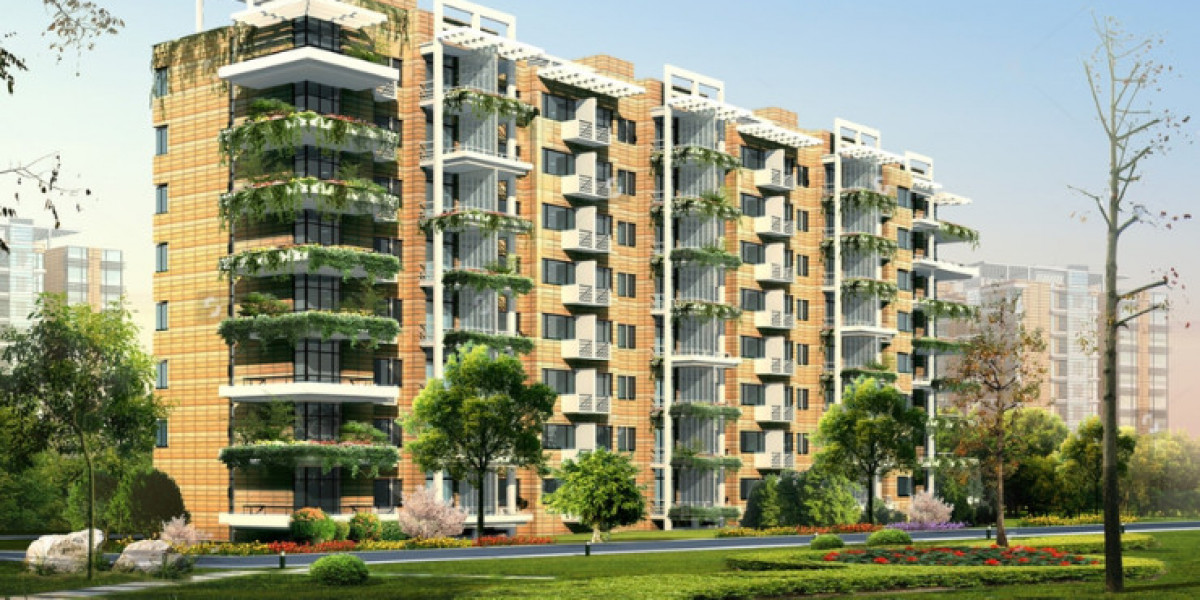Dubai, a global hub for architecture and construction, has a thriving demand for precision-engineered architectural models.
These models are essential for showcasing designs, attracting investors, and ensuring accuracy in construction projects. In a city known for its iconic skyline and ambitious developments, architectural models play a pivotal role in the industry.
This article explores the factors driving the demand for precision-engineered architectural models in Dubai and their importance in the construction sector.
1. Showcasing Dubai’s Ambitious Projects
Dubai is home to some of the world’s most ambitious architectural projects, including the Burj Khalifa, Palm Jumeirah, and Dubai Creek Tower. These developments require detailed scale models to communicate their grandeur and complexity.
Precision-engineered models help developers showcase their vision to stakeholders. They highlight unique design elements, structural features, and overall aesthetics, making them an essential tool for project presentations.
2. Attracting Global Investors
Dubai’s real estate market relies heavily on international investors. Architectural models are a key marketing tool for attracting these investors.
- Visual Appeal: Scale models offer a tangible representation of the project, helping investors understand its potential.
- Building Trust: High-quality models demonstrate the developer’s attention to detail and commitment to excellence.
- Enhanced Decision-Making: Investors can assess the feasibility and design of projects more effectively through physical models.
This demand is especially high in luxury real estate, where buyers expect premium-quality representations.
3. Supporting Urban Planning Initiatives
Dubai’s rapid urbanization requires meticulous planning. Precision-engineered models play a crucial role in urban development projects.
- City Layouts: Models help planners visualize how new developments integrate with existing infrastructure.
- Traffic and Transport Planning: Scale models show how roads, metro lines, and public spaces connect.
- Environmental Impact: Models simulate factors like sunlight and wind flow to ensure sustainable designs.
These models are instrumental in shaping Dubai’s vision as a smart and sustainable city.
4. Enhancing Communication with Stakeholders
Architectural models are a universal language for communication. In Dubai, where projects often involve multiple stakeholders, these models bridge communication gaps.
- Clearer Understanding: Models simplify complex designs for clients and partners.
- Collaborative Decision-Making: Stakeholders can provide feedback and suggest improvements directly on the model.
- Cultural Sensitivity: For international clients, models offer a clearer understanding of local architectural nuances.
This enhanced communication fosters better collaboration and faster project approvals.
5. Integral to Marketing and Exhibitions
Dubai frequently hosts real estate exhibitions and trade shows like Cityscape Global. Precision-engineered models are a centerpiece of these events.
- Grabbing Attention: High-quality models attract visitors and generate interest in projects.
- Tangible Experience: Unlike digital presentations, physical models provide a hands-on experience.
- Competitive Edge: Developers with detailed models stand out in a crowded marketplace.
These exhibitions drive the demand for well-crafted architectural models in Dubai’s competitive market.
6. Facilitating Government and Regulatory Approvals
In Dubai, obtaining approvals from authorities is a critical step in the construction process. Precision-engineered models make this process smoother.
- Detailed Representation: Models provide a clear and accurate depiction of the project.
- Compliance Demonstration: They help showcase adherence to building codes and regulations.
- Faster Approvals: Authorities can evaluate designs quickly, speeding up the approval process.
This is particularly important for large-scale developments requiring multiple levels of clearance.
7. Highlighting Sustainability and Innovation
Sustainability is a growing focus in Dubai’s construction industry. Architectural scale models Dubai help developers demonstrate eco-friendly features and innovative designs.
- Green Building Features: Models showcase solar panels, green roofs, and energy-efficient layouts.
- Smart City Elements: Interactive models demonstrate features like smart lighting and automated systems.
- Public Awareness: Models educate the public about the project’s environmental benefits.
This aligns with Dubai’s goal of becoming a global leader in sustainable urban development.
8. Rising Demand in Luxury Developments
Dubai’s luxury real estate sector is booming, driving the need for high-quality architectural models. Projects like luxury villas, resorts, and skyscrapers demand intricate and visually stunning representations.
- Customization: Clients in the luxury market expect bespoke models tailored to their preferences.
- Attention to Detail: Models must capture every intricate detail, from interiors to landscaping.
- Global Appeal: Precision-engineered models cater to the tastes of international clients.
This demand underscores the importance of expertise and advanced technologies in model making.
9. Supporting Educational and Training Needs
Architectural models are not just tools for developers; they also support education and training.
- Architecture Schools: Students use models to learn about design principles and construction techniques.
- Workshops and Seminars: Models facilitate hands-on learning for industry professionals.
- Public Awareness Campaigns: Models help educate the public about upcoming projects and urban initiatives.
This growing need for models in education further drives demand in Dubai.
10. Reflecting Dubai’s Architectural Identity
Dubai’s architectural models are more than just representations; they reflect the city’s identity.
- Cultural Significance: Models capture elements of Islamic architecture and local traditions.
- Global Recognition: Dubai’s iconic skyline is showcased worldwide through scale models.
- Innovation and Excellence: Precision-engineered models highlight Dubai’s commitment to pushing boundaries.
This cultural and symbolic importance ensures a consistent demand for high-quality models.
Conclusion
The demand for precision-engineered architectural models in Dubai is driven by its booming construction industry, ambitious projects, and global appeal. From attracting investors to facilitating approvals and enhancing communication, these models are indispensable tools in the city’s development journey.
With advancements in technology and a focus on sustainability, the demand for architectural models is set to grow further. Precision-engineered models will continue to play a vital role in showcasing Dubai’s vision and cementing its position as a global leader in design and innovation.








